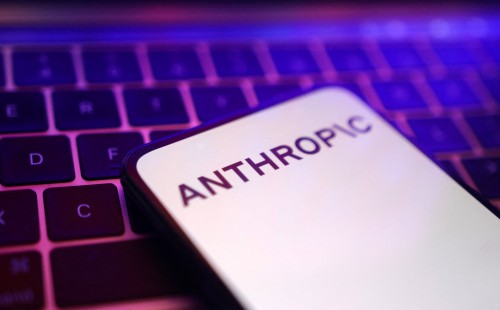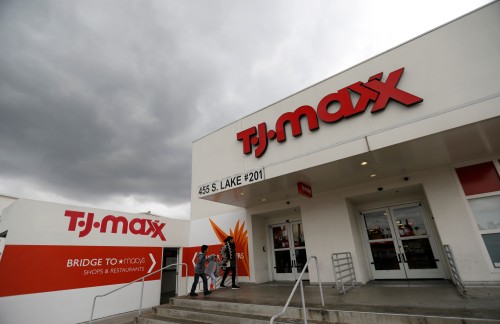By Gabriel Burin
BUENOS AIRES (Reuters) – Brazil’s currency will likely enjoy some support in the near term from faster economic growth and progress on reforms, despite the prospect of less favorable interest rate spreads ahead, a Reuters poll showed.
The real appreciated last month to its firmest level in a year after several forecasts were improved and key fiscal changes proposed by the government of President Luiz Inacio Lula da Silva made headway in congress.
The real is seen gaining a further 0.6% in three months to 4.81 per U.S. dollar from 4.84 on Tuesday, according to the median estimate of 26 foreign exchange analysts surveyed June 30-July 3.
“The local story has turned more constructive, with Lula’s administration largely moderating versus initial expectations set in November,” said Erick Martinez, Latin America FX & rates strategist VP at Barclays.
In 12 months, the real is expected to lose 3.2% to 5.00 per U.S. dollar, but that would be a relatively small drop for the Brazilian currency, still leaving it trading close to its mid-point since 2020.
Some economists warned of diminishing “carry trade” value for the real into next year, given that Brazil’s central bank will probably inaugurate a phase of gradual policy easing soon, following marked disinflation trends in recent months.
This would reduce the big differential between Banco Central do Brasil’s benchmark rate, currently at 13.75%, and the U.S. fed funds rate range of 5%-5.25%. The spread could shrink further if the U.S. Federal Reserve hikes again.
Still, the positive narrative for the domestic economy remains at the forefront, as a more benign scenario for consumer prices may allow policymakers to start unwinding a very hawkish stance quicker than other major economies.
One question for traders is whether the real could follow the success story of its main peer in the region, the Mexican peso, which is seen shedding only part of the substantial gains it has made since 2020 by July 2024.
Currently quoted near its strongest value in more than seven years, Mexico’s currency has gained 20% so far in 2023, boosted by investments from multinational firms moving out of China. The Brazilian real is up 9.2%.
(For other stories from the July Reuters foreign exchange poll:)
(Reporting and polling by Gabriel Burin in Buenos Aires; additional polling by Sarupya Ganguly, Anitta Sunil and Veronica Khongwir in Bengaluru)











